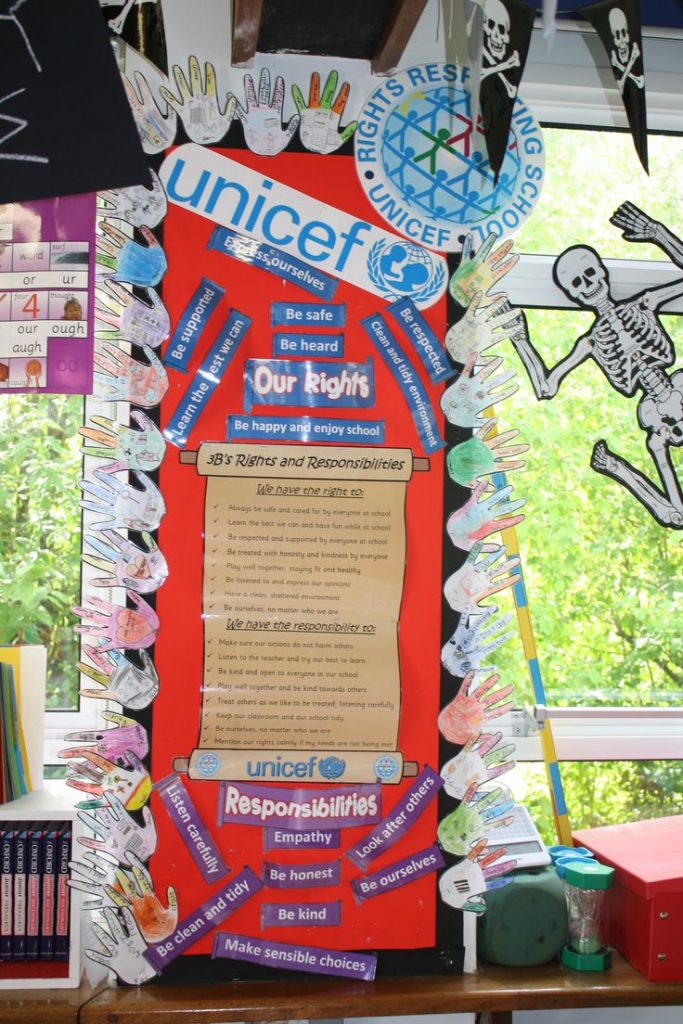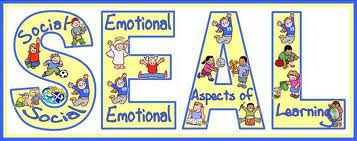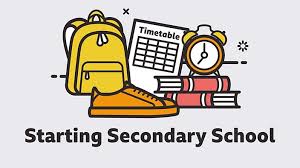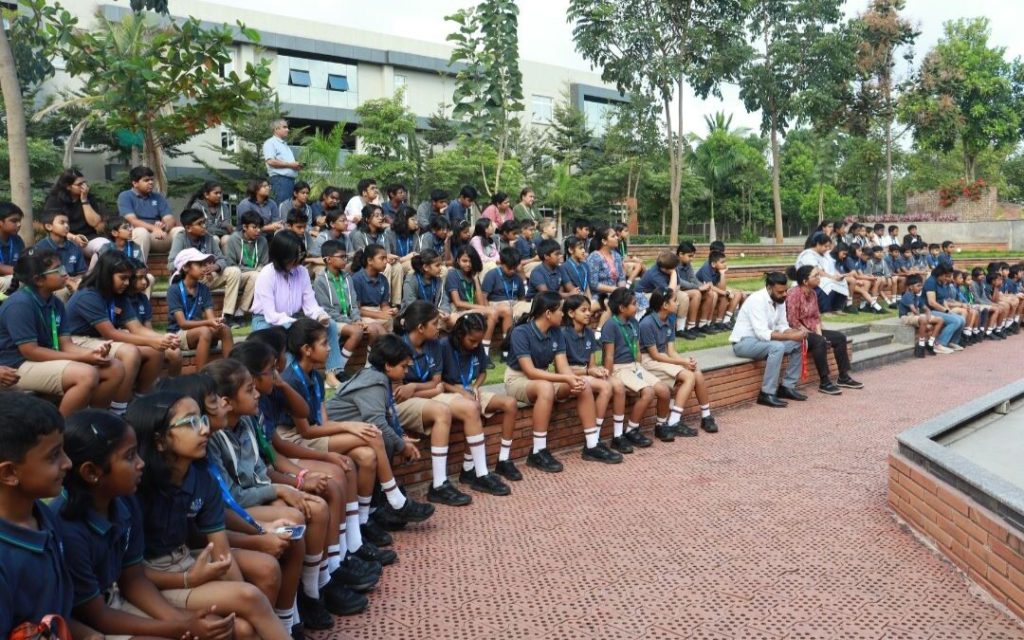Introduction
In today’s competitive academic environment, it’s essential for educators to support the unique needs of gifted and talented (G&T) students. Secondary G&T learners possess remarkable potential but often face unique challenges when navigating the educational landscape. Nurturing excellence in these students requires an intentional approach, tailored to their specific needs and aspirations. This article will explore strategies to help secondary G&T students aim high and achieve their fullest potential.
1. Recognize and Support Individual Learning Profiles
Gifted and talented students have diverse strengths, interests, and learning preferences. Teachers should identify each student’s unique learning profile and provide customized instruction to maximize individual strengths. By tailoring curriculum and instruction to meet the needs of G&T learners, educators can ensure intellectual development and maintain enthusiasm for learning.
2. Create a Challenging Learning Environment
G&T students thrive in learning environments that offer complex tasks, autonomy, open-ended questioning, and opportunities for collaboration. Educators should provide challenging curricula and foster critical thinking skills by engaging students in rich discussions, problem-solving activities, and project-based learning experiences.
3. Encourage a Growth Mindset
Having a growth mindset is imperative for success among G&T students. Educators should help students embrace challenges, persist through obstacles, learn from criticism, and find inspiration in the success of others. By nurturing a growth mindset in secondary G&T learners, teachers can provide long-lasting motivation for personal improvement.
4. Foster Emotional Intelligence
Giftedness often brings heightened emotional sensitivity. It’s crucial for educators to recognize this aspect of G&T learners’ abilities by helping them develop self-awareness, empathy, adaptability, and effective communication skills. Encourage social-emotional growth by providing opportunities for students to express emotions productively and navigate complex relationships.
5. Implement Flexible Academic Pathways
Gifted students often require opportunities to accelerate learning, bypass content, or move at an individual pace. To allow for this, educators can implement a flexible curriculum with compacted and differentiated learning pathways. This flexibility may include allowing students to work on more challenging projects or even complete coursework through open-educational resources.
6. Cultivate Leadership Skills
Secondary G&T students often have natural abilities that make them well-suited for leadership roles. Educators can provide these learners with experiences that develop leadership skills, such as mentoring younger students, organizing school events, or participating in extracurricular activities that foster teamwork and collaboration.
7. Maintain Open Communication
Maintain an open dialogue with G&T students and their families regarding potential challenges they may face throughout their education. Keep them informed of available resources, such as summer programs, internships, or scholarships. Providing clear expectations and a continuous feedback loop enables families to remain actively involved and motivated in supporting their child’s academic journey.
Conclusion
Educators play a pivotal role in helping secondary G&T students aim high and reach their full potential. By understanding the unique needs of these learners and implementing strategies for success in the classroom, teachers can equip gifted students with the tools they need to excel now, and foster a lifelong love for learning that will undoubtedly benefit them in the long run.











